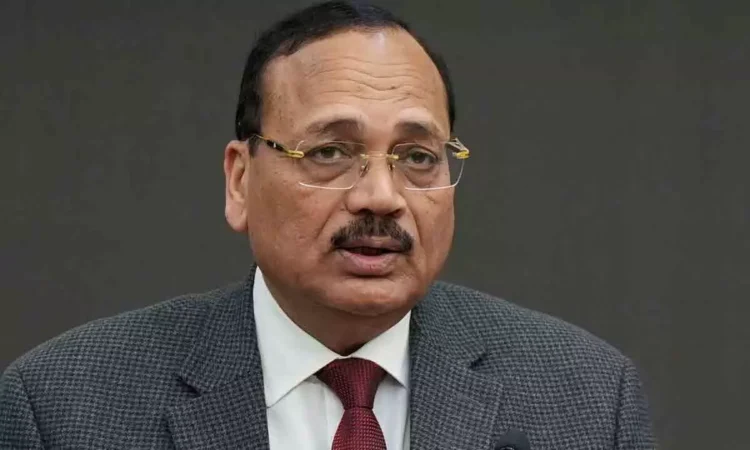Justice Surya Kant has been appointed as India’s 53rd Chief Justice, set to take office on November 24, following the retirement of the current Chief Justice, BR Gavai. This appointment is significant as Justice Kant is the first individual from Haryana to occupy this prestigious position. His term will last until February 9, 2027. The confirmation came shortly after CJI Gavai recommended Justice Kant, describing him as the ideal successor due to his empathy and judicial experience. Born in 1962 in Petwar village, Hisar, Justice Kant comes from humble beginnings; his father was a Sanskrit teacher and his mother a homemaker. He completed his education locally, earning a law degree from Maharshi Dayanand University in 1984, followed by an LL.M.
from Kurukshetra University in 2011, graduating with top honors. Justice Kant began his legal career in Hisar in 1984 before moving to Chandigarh, where he developed a strong practice in constitutional and civil law. At the age of 38, he became the youngest Advocate General of Haryana and was designated a Senior Advocate in 2001. He was appointed to the Punjab and Haryana High Court in 2004, gaining recognition for his humanistic rulings, including those supporting prisoners’ rights and leading anti-drug initiatives. As Chief Justice of the Himachal Pradesh High Court, he was respected for his administrative skills and his regard for the Bar.
Elevated to the Supreme Court in 2019, Justice Kant has authored over 300 judgments in constitutional and criminal law. His contributions include landmark cases such as the Article 370 verdict and the review of the Section 6A Citizenship Act, as well as rulings on the minority status of Aligarh Muslim University. He was involved in granting bail to former Delhi Chief Minister Arvind Kejriwal and in the discussions regarding the Enforcement Directorate’s powers. Renowned for his humility and love for literature, Justice Kant balances judicial authority with compassion. As the new Chief Justice, his focus is expected to be on enhancing judicial transparency, digitization, and improving infrastructure in lower courts during his 14-month term.
